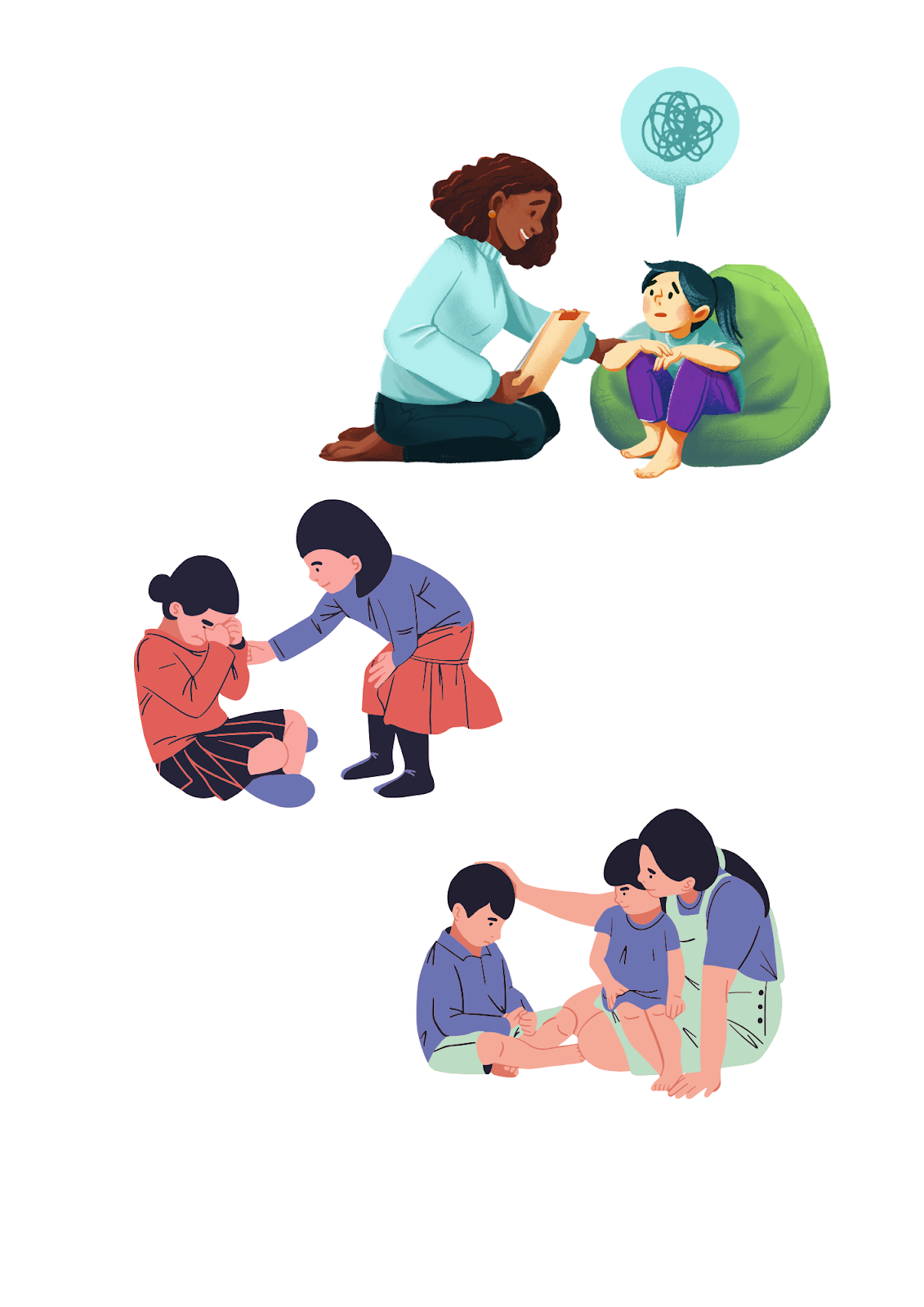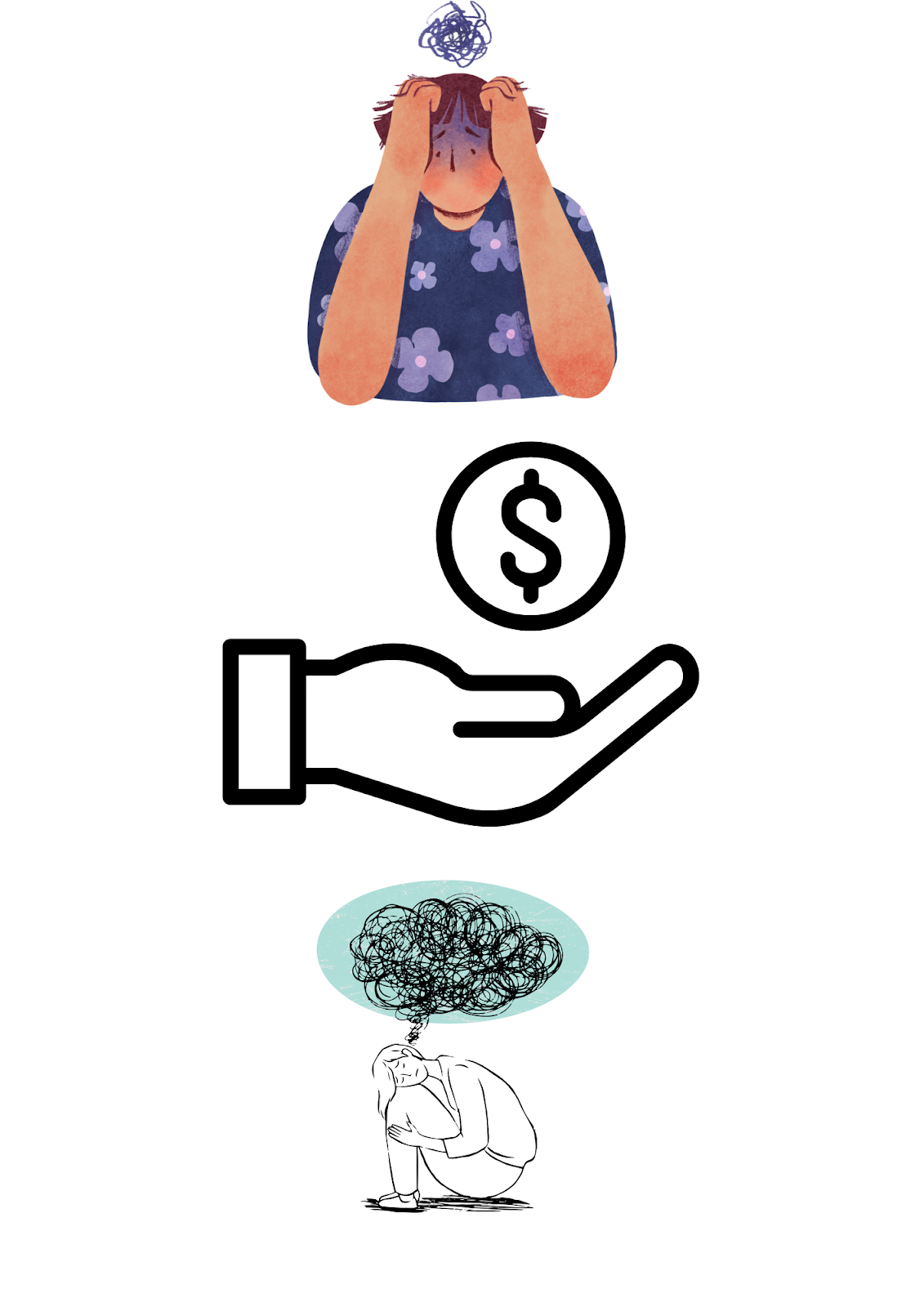STOPPING CRACKS AND BUILDING BRIDGES OF YOUNG MINDS: UNDERSTADNING MENTAL HEALTH FOR CHILDREN AND ADOLESCENTS
If,
you have passed your childhood and adolescent stage, what would you do
differently if you were a child or teen again?
And
if you are a teen, what are some of the things you wish not to do and are
excited to try?
Youth
and exuberance versus wisdom and experience, are the duels of time that many
have tried to master but just like a wet bar of soap, tend to always slip, when
you don’t have a proper handle on things and often juggle the soap until you finally
have proper handle on it.
Travelling
the road of youth can feel like flying in the sky while trying to find wings in
the vastness of the skies to fly. Freeing but very turbulent at the same time.
Until,
you begin to wonder, which mood or emotion is being shown and for what reason,
and then you find yourself having to start from square one. It can be a
challenge as a child, teen or parent to grapple with the erratic nature of the
emotions occurring
Often
at times, the mental health of children and adolescents can be passed off as an
unnecessary impulsive reaction to an irrelevant or insignificant situation, due
to the heightened degree of complex changes happening to them for the first
time.
As
much as most of their behaviors are characterized by their influx of hormones
that causes the rapid changes to occur, this can cause a flood of complex
thoughts and emotions experiences during this phase that may go ignored.
In
this blindsided nature of events, important issues may go unnoticed and often
shelved as a phase of their lives. The consequences of this can lead to
behaviors that could lead to harm for self and others, which lead to severe
situations.
Take
a look at this story, in the link below of Megan who was only saved by the intervention
of mental health services
https://davidlawrencecenters.org/success-stories/megan/
Let’s
look into what mental health looks like for children and adolescents, to
possibly avoid, severe situations.
Understanding mental health for children
and adolescents
Being
able to understand the mental health of children and adolescents and what that
looks like can help in deciphering the behaviors experienced during this phase of
growth and can alleviate stigma as well as stereotypical views that leave important
matters left out.
In
the phase of growth of children and adolescents, they are often markers of stages
of growth and development or milestones, which eventually lead to more
independence as they get to being adults, in an ideal situation. However,
knowing that many children and adolescents don’t have the same lives, the
growth and development can look different for various people.
Therefore,
mental health of children and adolescents can be influenced by a variety of
factors which include, family background and the environment of their
upbringing, family history or predisposed genetics for some mental disorders
and physical ailments or disabilities.
Some
of the ways that these factors affect the mental health of children and adolescents
and also serve as early warning signs and symptoms of concerning mental health
include:
-
Increased anxiety, depression and
extreme varying moods
-
Erratic or poor performance in school,
sports or regular activities, this could include, being absent from school
without clear or understandable reasons for great durations or skipping or
stopping regularly done activities in their day to day schedule of work or school
-
Withdrawal from friends, family or
social events
-
Increased risk-taking and impulsive
behaviour
-
Significant changes in sleeping or
eating patterns
Common mental disorders for children and adolescents
In
the midst of the common warning signs and symptoms, various children and adolescents
could be faced with various types of situations which could be specific and
therefore they required a specialized type of attention. However, most of the
common mental disorders faced by children and adolescents include anxiety, mood,
attention and behavioral disorders.
Anxiety
disorders could include:
Generalized
anxiety: This involves excessive worry about a number of
events or activities. The intensity, duration or frequency of the anxiety or
worry is out of proportion to the rationality and likelihood or effect of the
anticipated event. The individual is overwhelmed by the worry and is unable to
carry out tasks in their day to day life.
Social
anxiety: Marked by persistent and consistent fear of social
environments, be it having to interact with other people or having to perform
in front, of a number of people. This causes overwhelming stress and avoidance of
the situation.
Panic
disorder: Unexpected panic attacks that tend to recur
Panic
attacks: Sudden surges of intense fear and discomfort that
involve physical and cognitive symptoms such as palpitations, accelerated heart
rate, sweating, trembling or shaking, shortness of breath, nausea or abdominal
stress, dizziness or light headedness, numbness or tingling sensations,
derealization (feelings of unreality), depersonalization (being detached from
oneself) and fear of losing control or “going crazy” (fear of dying)
Obsessive-compulsive
disorder: The symptoms often vary from individual to individual,
in terms of their specific obsessions and compulsions, it is, however,
characterized by individuals having particular obsessions and compulsions for a
particular activity in a certain order, belief or routine. Some of the common
obsessions and compulsions include, cleaning (contamination obsessions and
cleaning obsessions), symmetry (symmetry obsessions and repeating, ordering and
counting compulsions) and harm (fear to harm oneself and others and related
checking compulsions)
Post-traumatic
stress disorders: It involves the development of symptoms
after a traumatic situation or event such as physical or sexual assault, near
death or witnessing gruesome or graphic death situations or serious injury.
These symptoms include, re-experiencing the traumatic situation or event, and experiencing
the emotions all over again, which can result in complex emotions and behaviors
that could easily lead to substance use to cope, being fearful of things
related to the traumatic situation or event. A combination of these symptoms
could occur and cause distress around the person’s life.
Mood
disorders can include:
Major
Depressive Disorder: Involves a period of at least two
weeks in which a depressed period is experienced, or loss of interest in
regular activities. In children or adolescents, it may present as irritability
or sadness
Bipolar
disorder: A distinct period of abnormally and persistent elevated
moods such as extreme happiness, increased energy and activity and lows of
depression, irritability or sadness. This can last for 4 consecutive days or really
severe that is requires hospitalization
Attention
disorders include:
Attention
Deficit Hyperactivity Disorder: It is a disorder
characterized by the inability to maintain concentration, hyperactivity and
impulsive behavior. This may lead to troubled relationships at school or home
as well as poor performance in school
Disruptive
disorders may include:
Conduct
disorders: Behaviors that often violate rules and regulations
of a place or people, as well as the rights of people without disregard of
consequences. These could include, aggression to people and animals,
destruction of property, deceitfulness or theft, or serious violation or rules
such as running away from home, truancy or curfew violations.
Oppositional-defiant
disorder: Involves a pattern of negative, hostile and
defiant behavior such as losing temper, often arguing with those who are older
or in authority, refusal to following rules, annoyance to others, often angry,
resentful, vindictive and spiteful.
The
disorders are commonly experienced mostly due to their stage of growth and
development as well as those who may have family history of a particular mental
disorder. Eating disorders may also be present.
Other
aspects that could lead to common mental disorders being experienced could be
the environment in which the children or adolescents are raised in. Adverse
backgrounds may cause significant traumatic situations and events which could
lead to substance use disorder which involves the overwhelming dependence and
abuse of a substance to facilitate the operation of day to day life.
Another
aspect that could to mental disorders include impairment in neurodevelopment of
children and adolescents. This involves physiological impairments in the ideal neural
development. This could lead to Downs syndrome, autism and many others.
Support and treatment options of children and adolescents with mental disorders
Depending
on the geographical region of children and adolescents, the access or policies
around treatment can vary, however, since most children and adolescents are not
of able to age to provide for themselves, it may commonly involve the parents
or caregivers and family, healthcare organizations and institutions and to some
degree schools and learning centers in which the children enroll.
The
role of parents/caregivers: Although parents are not exactly
professionals, they provide a close contact with the child and often provide
the closest form of support. Therefore, parents should listen carefully and
understand their children’s or adolescent’s feelings, accept their emotions and
collectively find ways to solve the problem
The
role of healthcare organizations: They offer the
expertise to help get to the root cause of the child’s or adolescent’s problems
as well as, give the appropriate advice or treatments.
The
role of schools or learning institutions: Most children or adolescents
are usually still acquiring their education, and most of the people who they
engage with in schools are there to support their education and wholesome
growth and development. This also serves as a way to help counsel or mentor the
child or adolescent through their path in their growth and development as well
as offer insights to mental health professionals about their behavior and any
other matters they have come across. The teachers should also a free and
non-judgmental space for the child’s and adolescent’s complex emotions.
Conclusion
Despite
their stereotypical status as being individuals in society, who are mostly
turbulent and erratic, recent events in our society today has shown that
children and teens are often overwhelmed with pressures of life and others
issues that are not of their choosing, that affect their mental health.
This
misunderstanding can create hurtful experiences for the individual with a
mental health condition or disorder, as well as parents or caregivers, friends
or family.
The
stories in these links below show that by paying closer attention to our
children and adolescents, they may receive the intervention they need.
https://davidlawrencecenters.org/success-stories/sofia/
https://davidlawrencecenters.org/success-stories/brianna/
https://davidlawrencecenters.org/success-stories/chloe-adrianne/
https://davidlawrencecenters.org/success-stories/allison/
In
what ways, can we improve how we interact with children and adolescents in
regards to their mental health?
Feel free to share in the comments.
References
https://www.who.int/news-room/fact-sheets/detail/adolescent-mental-health
https://youth.gov/youth-topics/youth-mental-health/how-mental-health-disorders-affect-youth
https://www.anxiousminds.co.uk/understanding-mental-health-challenges-in-children-and-adolescents/
https://davidlawrencecenters.org/mental-health/children-teenagers/success-stories/
https://www.mayoclinic.org/diseases-conditions/adhd/symptoms-causes/syc-20350889




Comments
Post a Comment